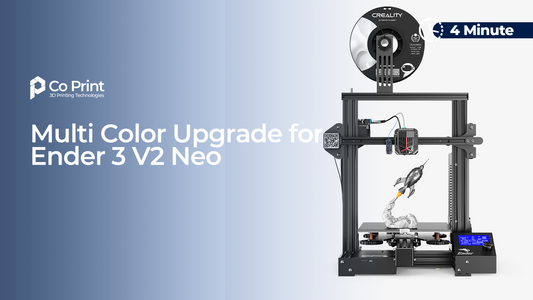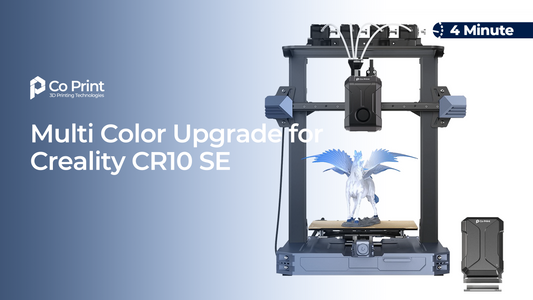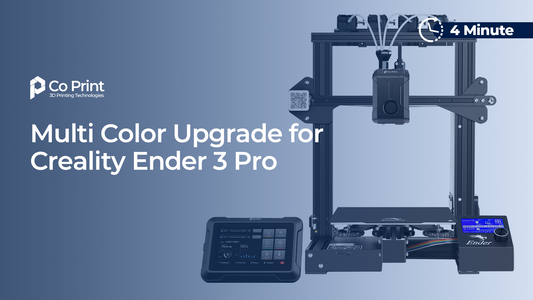In today’s rapidly evolving technological landscape, 3D printing is revolutionizing the way we think about play, learning, and creativity. For parents, educators, and manufacturers, 3D printed toys offer a unique opportunity to engage children in a way that is both educational and entertaining. This blog post explores how 3D printing can be used to create toys that not only captivate young minds but also foster learning, particularly in the STEM (Science, Technology, Engineering, and Mathematics) fields.
The Rise of 3D Printing in Toy Manufacturing
3D printing, also known as additive manufacturing, involves creating three-dimensional objects from a digital file by layering materials. This technology has become a game-changer in various industries, including toy manufacturing. With a 3D printer, intricate toy designs can be brought to life quickly and efficiently, offering limitless creativity in the types of toys that can be produced. This capability is especially beneficial for producing educational toys that are tailored to the developmental needs of children.
Why 3D Printed Toys?
Customization: One of the most significant advantages of 3D printing is the ability to customize toys. Parents and educators can design toys that cater specifically to a child’s educational needs and interests, making learning more relevant and engaging.
Safety and Sustainability: 3D printed toys can be made from safe, non-toxic materials, ensuring that they are harmless for children. Additionally, since toys can be printed on demand, it reduces waste, making it a more sustainable option compared to traditional toy manufacturing processes.
Encouraging STEM Education: 3D printed toys can be designed to enhance learning in STEM subjects. For example, building models can teach children about engineering concepts, while custom puzzles can help develop problem-solving skills.
How to Get Started with 3D Printing Toys
1. Choosing the Right 3D Printer: The first step is to select a 3D printer that suits your needs. For toy making, a reliable and easy-to-use 3D printer that can work with child-safe materials is ideal.
2. Learning the Software: Next, familiarize yourself with the 3D modeling software. There are several user-friendly programs available that can help you design or modify toy models.
3. Selecting Materials: Choose materials that are safe for children and suitable for the type of toys you are planning to print. PLA (Polylactic Acid) is a popular, biodegradable material that is considered safe for kids.
4. Design and Print: Design your toy using the software, then print it using your 3D printer. This process allows for rapid prototyping, which means you can test and refine your toys quickly and efficiently.
Inspiring Examples of 3D Printed Toys
Educational Puzzles and Games: Create puzzles that teach spatial reasoning and critical thinking. For younger children, simple interlocking pieces can help develop motor skills.
Custom Action Figures: Foster creativity by designing custom action figures that can be painted or assembled by the kids themselves.
Learning Tools: Design tools that help children learn counting, spelling, or even basic coding. These can be interactive and tailored to different learning stages.
Challenges and Considerations
While 3D printing offers tremendous potential in toy production, there are challenges to consider. The cost of 3D printers and materials can be high, and there is a learning curve associated with using the technology. Moreover, ensuring the durability and safety of printed toys is crucial, especially when they are used by young children.
The Future of Toy Production
As 3D printing technology continues to advance, its accessibility is likely to increase, making it a more viable option for even small-scale producers and DIY enthusiasts. This shift has the potential to democratize toy production, allowing anyone to design and manufacture toys that are personalized, educational, and sustainable.
Conclusion
3D printed toys represent a convergence of technology, creativity, and education. For parents, educators, and manufacturers, they offer a powerful tool to enhance learning through play. By embracing this technology, you can provide children with toys that are not only fun but also stimulate their imagination, creativity, and appetite for learning. As 3D printing becomes more widespread, its impact on the toy industry and on educational tools is set to grow, heralding a new era of innovative play and learning experiences.



